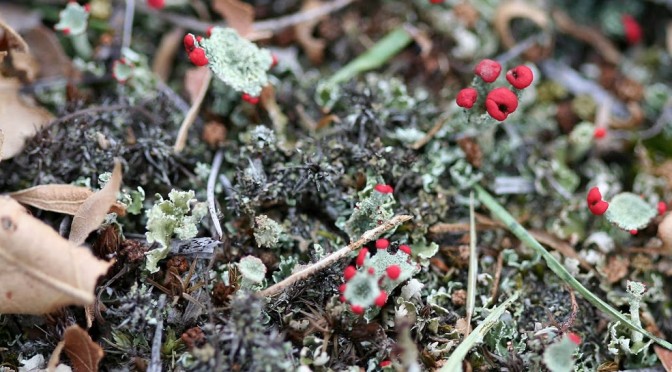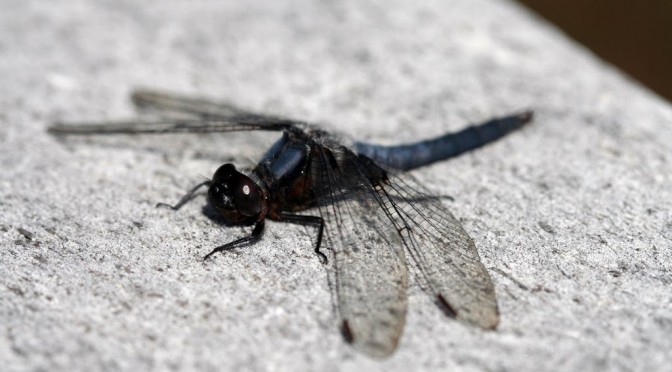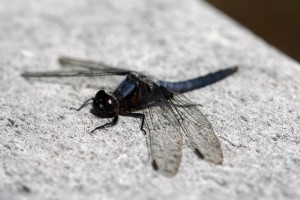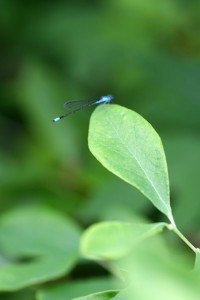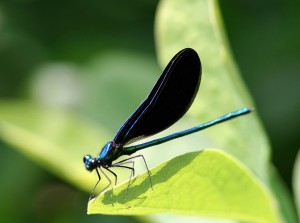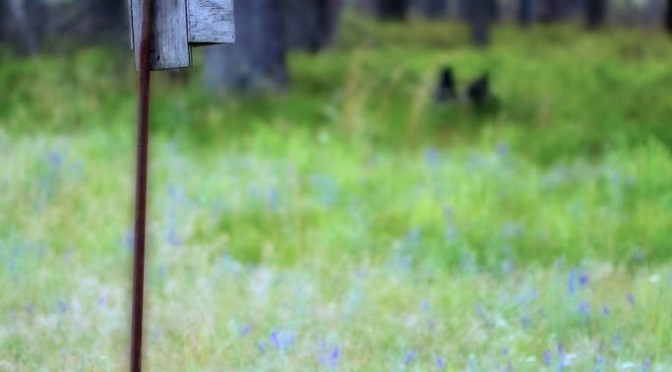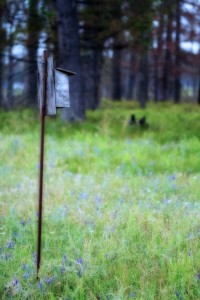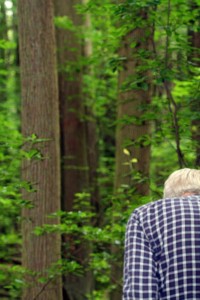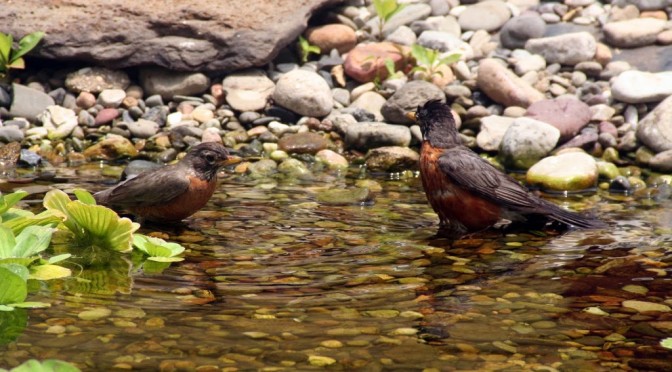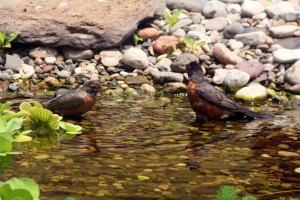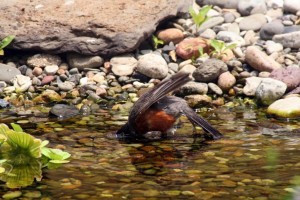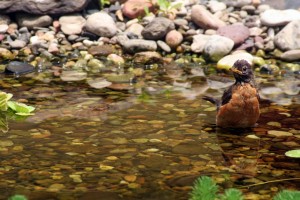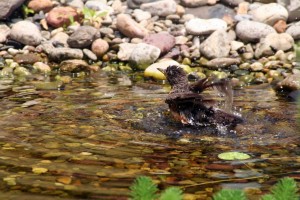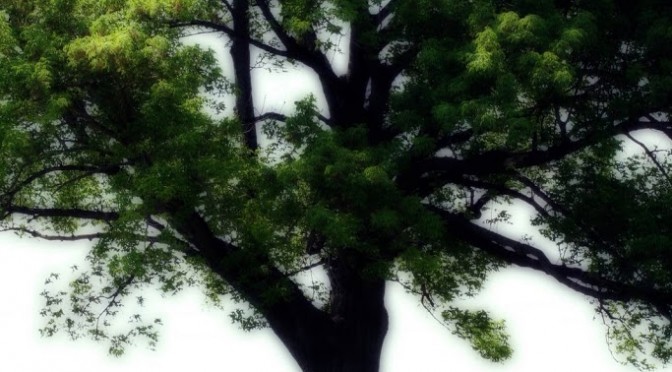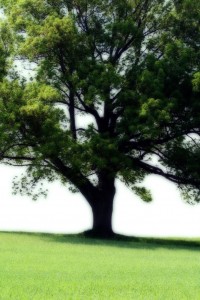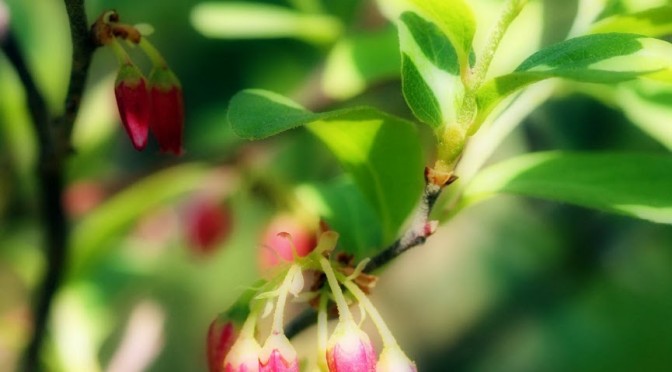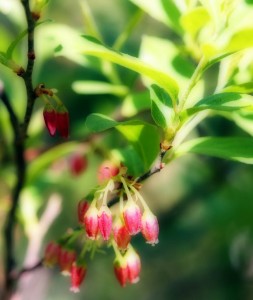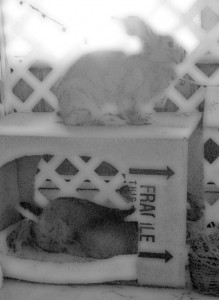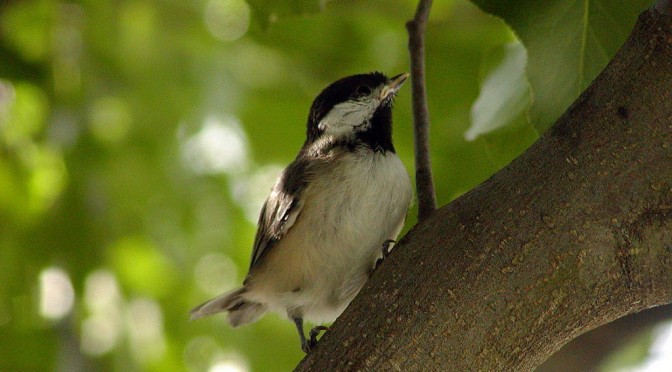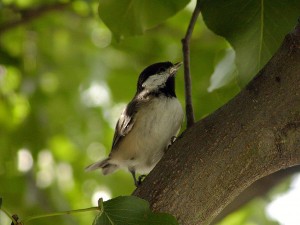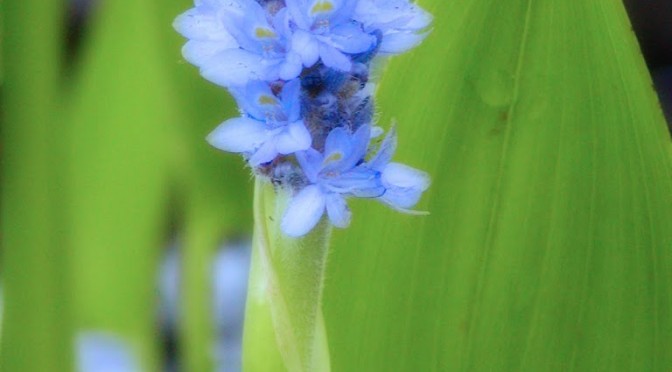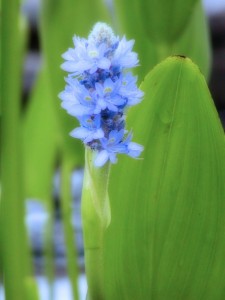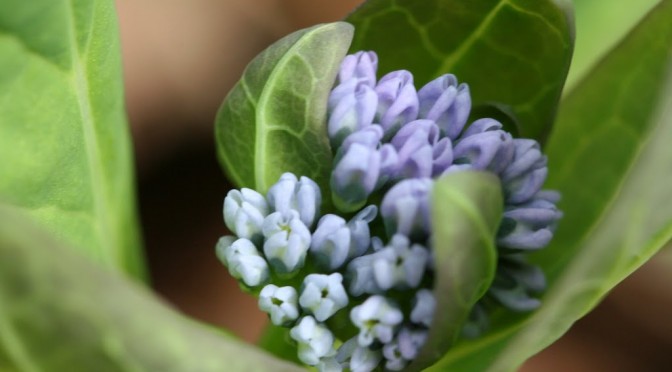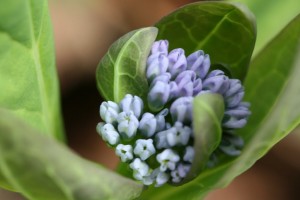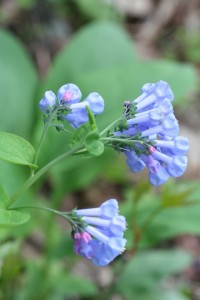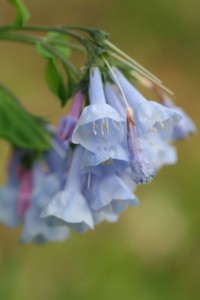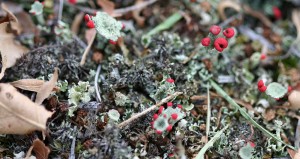 “Maybe the idea of the world as flat isn’t a tribal memory or an archetypal memory, but something far older – a fox memory, a worm memory, a moss memory.
“Maybe the idea of the world as flat isn’t a tribal memory or an archetypal memory, but something far older – a fox memory, a worm memory, a moss memory.
Memory of leaping or crawling or shrugging rootlet by rootlet forward, across the flatness of everything.
To perceive of the world as round needed something else – standing up! – that hadn’t yet happened.
What a wild family! Fox and giraffe and wart hog, of course. But these also: bodies like tiny strings, bodies like blades and blossoms! Cord grass, Christmas fern, soldier moss! And here comes grasshopper, all toes and knees and eyes, over the little mountains of dust.
When I see the black cricket in the woodpile, in autumn, I don’t frighten her. And when I see the moss grazing upon the rock, I touch her tenderly,
sweet cousin.” -Mary Oliver, Winter Hours
Not a moss, but a lichen, which I learned are composed of both fungi and algae growing together in a mutually beneficial relationship. The fungi provides the structure, as well as water and minerals. The algae, because of their chlorophyll, produce the food and the whole organism is happy.
😉
These are British Soldier Lichen, so named because their red fruiting bodies reminded some botanist of the Redcoats of the Revolutionary War. I wished I’d had my hand lens along to have a better look at these – they’re so tiny!
Watching the other naturalists during our walk the other day in the pinelands made me appreciate how different we nature-enthusiasts are from ordinary people who walk through the world without really seeing much. The *plant person* along spent most of her time trying to separate the various members of the heath family by their leaves alone. Would you know a blueberry, from a huckleberry, from a dangleberry without the flowers to give a clue? Would you taste a bit of teaberry leaf to confirm your ID by the spicy wintergreen flavor? We did! We oohed and aahed over the perched barred owl, even offered scope views to passersby – all of whom refused to even stop for a look. What’s up with that?
I wonder if it doesn’t simply come down to a lack of curiosity. Maybe I think of it that way because I seem to be curious about most anything. Also, I imagine that we place a value on these things that others do not. Why is it, do you think, that some people can sense wonder and others just wonder what all the fuss is about?
